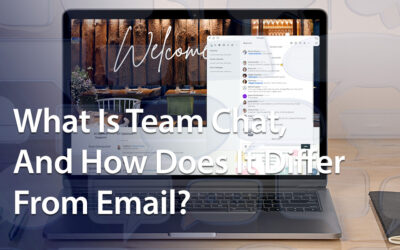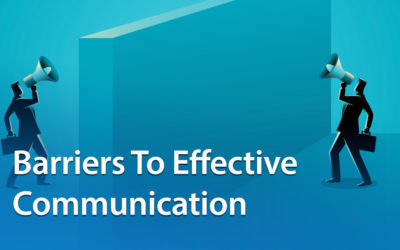Many companies are realizing the value of CEO blogs as an internal communications tool. You see, engaging and interesting content shared in a CEO blog ticks a number of boxes all at once: from increased employee engagement and improved internal communications, through to helping build the right company culture. A CEO blog is a low-cost way to achieve a number of important business benefits simultaneously. Carry on reading to find out more about the internal benefits of a CEO blog as well as some tips on how to make it as effective as possible.
CEO Blogs: The Internal Benefits
An often cited bugbear of employees is poor internal communications and a feeling as though they’re not in the know when it comes to corporate objectives. Time and time again research has demonstrated that good communication is at the heart of higher employee engagement levels and we all know that an engaged workforce is more likely to be a productive and efficient one.

In addition, it’s the perfect vehicle for promoting and reinforcing a company-wide culture and for conveying timely and consistent corporate messages.
What’s more, the CEO blog can be a facilitator of two-way conversations with staff members. Including the ability to comment means that employees can share insights, ask questions and provide feedback directly to the CEO in a healthy environment of shared common goals. Or why not include a poll at the end of each blog post that allows employees to share their opinions anonymously as a way of promoting a really honest and open dialogue.
What Form Should An Internal CEO Blog Take?
Well, the obvious platform to use is the company intranet. All employees already have access to the intranet which includes blogs and shared project spaces as a standard feature.
And when it comes to generating content, although there will obviously be key corporate information that needs to be shared with staff on a regular basis, it’s important that the blog doesn’t just become a mouthpiece for management’s priorities. The most successful CEO blogs combine the corporate with the more personal. Analytics and feedback will quickly tell you what kinds of posts resonate with staff and are more popular, but here are some key tips to consider:
Develop your own style and tone of voice. Employees will quickly see through anything less than authentic so as the CEO, it’s important to just be yourself.
- Include personal reflections on issues and topics that are important to you. Maybe you are passionate about creating a work-life balance, or perhaps occupational safety and health is a personal interest. Letting the reader in to see the real you is invaluable in building connections with staff and giving them an understanding of the person behind the job title.
- Keep it regular. Posting something once every six months is more than likely going to be counter-productive. Keep your blog short, to bite-sized articles of say between 350 and 500 words, and it won’t be an onerous task to produce regular content. What’s more, your staff are more likely to engage with concise, highly readable posts.
- Share the newsworthy stuff. More often than not the CEO is the first person to get all the latest company and industry news and sharing that inside knowledge gives you a sense of authority and means you win valuable brownie points with staff members.
What Makes For A Good CEO Blog?

- Keep it jargon-free. You may be very familiar with those industry terms and acronyms, but chances are Joe Public isn’t. So if you want your CEO blog to strike a chord with the wider public stick to easily understood, everyday language.
- Inject some humor. Being humorous doesn’t mean you should be cracking laugh-out-loud jokes, but it does mean that a little light-heartedness could make a big difference to the reader’s sense of engagement.
- Focus on the consumers’ needs. Try to avoid reeling off tired marketing messages or being overly salesy in your approach as this will simply turn off your audience. Instead, focus on the pain points your product or service will solve for the consumer.
- Pay attention to detail. Make sure your blog translates well to smaller mobile screens. Keep it visual with lots of pictures, diagrams or even infographics. And why not mix it up with videos and podcasts.
Keep It Real
Above all make it authentic. The reason why blogs from the likes of Richard Branson and Mark Zuckenberg are so successful is because they come across as being genuine and authentic. The reader gets a real sense that they are directly conversing with them and are being privy to some special knowledge. And that’s the exact chord you want to strike with your CEO blog whether it is internally or externally focused.
If you’d like more information about the power of a CEO blog and how you can quickly and easily set an internal one up, then contact the knowledgeable team at MyHub for an informal discussion.


 Develop your own style and tone of voice. Employees will quickly see through anything less than authentic so as the CEO, it’s important to just be yourself.
Develop your own style and tone of voice. Employees will quickly see through anything less than authentic so as the CEO, it’s important to just be yourself.




